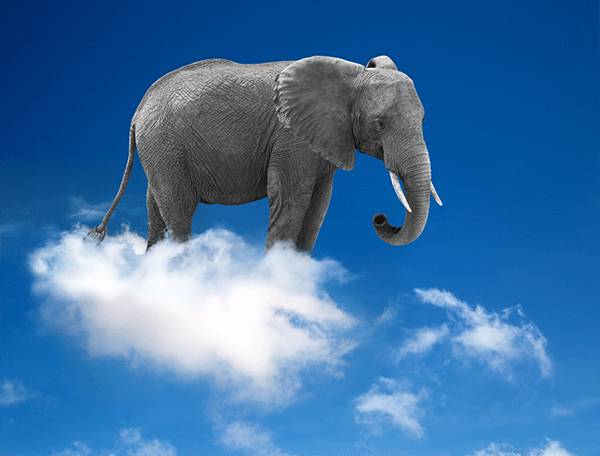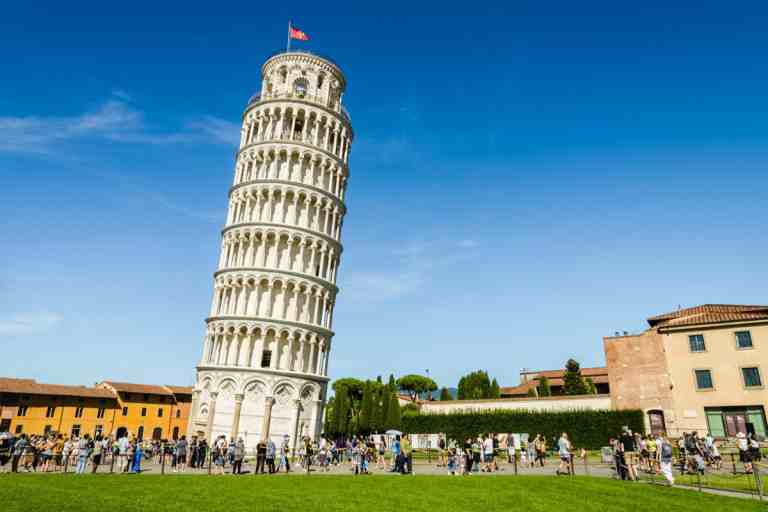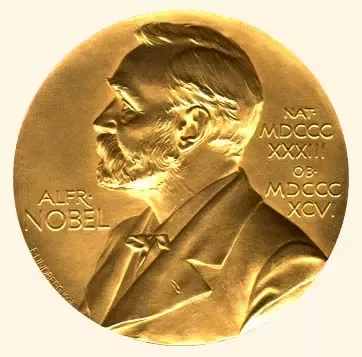Topics in Physics
Derived Units: Similarities and differences with fundamental units Gravity: Facts on Gravity Relative Density of Substances and Specific Gravity Types of Heat Transfer: Conduction Types of Heat Transfer: Convection Types of Heat Transfer: Radiation Physics Scheme of Work, SS1, First Term Physics Scheme of Work, SS1, Second Term Physics Scheme of Work, SS1, Third Term Velocity and Acceleration Newton's Laws of Motion Importance of Gravity What is Density? Density of various substances Concepts of Force and Motion in Physics Motion and Speed in Physics Concept of Heat Transfer Concepts of Heat and Temperature Gravity on the solar system Zeroth Law of Thermodynamics: Thermal Equilibrium Fundamental Quantities and Units in PhysicsAcademic Questions in Physics
Which of the following is a fundamental quantity?
A. Luminous Intensity
B. Area
C. Volume
D. Velocity
E. Concentration
F. Acceleration
An object at rest will temporarily stay in its state of rest, and if the object is in uniform motion, it will temporarily move in a straight line, unless an external force acts upon it.
The above statement refers to Sir Isaac Newton's first law of motion.
A. True
B. False
Which of the following statement is incorrect concerning gravity?
A. The force of gravity is generally considered the strongest force among the four forces that govern the universe
B. Your weight changes as you travel away from the earth
C. If we dig the earth until we get into its center, we will have no weight as a result of lack of gravity
D. Gravity prevents us from falling off the constantly rotating earth
E. If a hammer and a feather are dropped simultaneously in a vacuum, they will both land at the exact same time as a result of gravity
F. Weight is always a function of gravity

Sir Isaac Newton was hit by an apple when he pondered on force, motion and gravity.
A. True
B. False
The movement of gaseous particles through a tiny hole is termed _____.
A. Osmosis
B. Diffusion
C. Effusion
D. Infusion
E. Defusion
F. Gaslusion
A lighted bulb transfers heat through a process termed _____.
A. Conduction
B. Convection
C. Radiation
D. Oxidation
E. Reduction
F. Electrical Induction
A measurement of how much the velocity of an object changes with time is termed _____.
A. Displacement
B. Acceleration
C. Speed
D. Momentum
E. Velocity-Time graph
F. Average velocity
Which of the following differentiates velocity from speed?
A. Distance
B. Time
C. Momentum
D. Inertia
E. Direction
F. Distance and Time
Force is defined as any form of push or pull acting on an oobject. It is a vector quantity because it has both magnitude and direction. You may have heard a saying that goes thus:
The above statement is true because the earth has a force acting upon it. This force, (called the gravitational force of the earth) acts by pulling all things towards the earth.
In order to move away from the earth, there must be another constant force acting on an object that attempts to exit earth's surface. This force must be greater than the earth's gravitational force (or force of gravity). For this reason, aeroplanes and jets move away (fly) from the earth and remains in the sky because the constantly applied force on them is greater that the earth's gravitational force.
Please read more on gravity here.
In another instance, when you jump, you apply a force. However, since this applied force isn’t constant, the force of gravity present on earth eventually bring you back to earth's suface.
Force as a quantity is measured in Newton (N). This is in honor of Sir Isaac Newton for the great work he had done.
Force can be balanced or unbalanced. When forces from different directions act on an object and consequently bring about the object's motion, then such forces are unbalanced. Conversely, if theses forces bring about zero motion (static position or no movement) on the object of reference, then it's a balanced force. To summarize this:
An apple hanging on a tree (without any form of movement) has a balanced force.
An apple falling from a tree has an unbalanced force.
Sir Isaac Newton presented the laws of motion which was accredited to his name in 1968. These motion laws of Newton explains the relationship between the forces acting on a body and the motion of the body.
Recall that motion refers to a change in the position of an object with reference to time. As an instance, a pen resting on a table will continue to remain on the table unless it is pushed or pulled by something. This push or pull with the tendency of making the pen move away from its exact position is termed force.
Please read on motion and speed here.
Please read on the importance of gravitational force here.
Force exists as a result of an interaction between two objects. From the above instance, if nothing interacted with the pen on the table, then the pen will continually remain on the table. In summary, always understand that if there is no interaction between objects, force will never be experienced.
You can read on the fundamental physics concepts here.
With the above explanation on force and motion, we can now understand more easily the Newton's laws of motion.
Please read on Newton's laws of motion here.
Kindly share this article via the links below:

Please click here to contact Alfred if you require any of the following services:
If you need a standard website at an affordable price.
Online training on the academic subjects: biology, chemistry and basic science.
If you require an advanced smart school management system (web application) for your school.
Click here to read on Len Academy Smart School Software.
Please click here to follow Len Academy on Google News.
Amazing facts in Physics
Marie Curie was the first person ever to win two Nobel prizes. She won her first Nobel price for physics in 1903, and the second for chemistry in 1911 for her work on radioactivity.
The hottest temperature ever recorded occurred in Furnace Creek Ranch, Death Valley, California, USA, at 56.7oC or (134oF) on July 10, 1913

A medium-sized cumulus cloud has a weight of about 80 adult elephants.
You can think of cumulus cloud as a detached, individual, cauliflower-shaped cloud often seen in fair weather conditions

The reason the Leaning Tower of Pisa is tilted is the same reason it's still standing
One quarter of an apple is filled with air and that's why they float in water

The Nobel price was named after its founder, Alfred Noble. He is a Swedish, born on October 21, 1833; and was the inventor of dynamite. He was also a a famous scientist and a successful business man.

Glass balls bounce higher than rubber balls
Every planet has its own unique gravitational force. For instance, Mars has a gravity of 3.711 m/s2 while earth’s gravitational force is 9.807m/s2.
When two metals are put together in space, they will stick together as if they are welded. This phenomenon is called cold welding
The fastest animal on land is cheetah. It can reach a maximum speed of about 113km per hour.
Notable points in Physics
The Standard International (SI) unit for density is kilogram per cubic metre (Kg/m3).
The table below shows various substances with their densities:
|
Substance |
Density (Kg/m3) |
|
Helium |
0.179 |
|
Air (1atm and 20oC) |
1.20 |
|
Bamboo Wood |
400 |
|
Ethanol |
810 |
|
Methylated Spirit |
800 |
|
Benzene |
900 |
|
Paraffin Wax |
900 |
|
Ice |
920 |
|
Water (Fresh Water) |
1000 |
Force can be balanced or unbalanced.
When forces from different directions act on an object and consequently bring about the object's motion, then such forces are unbalanced.
Conversely, if theses forces bring about zero motion (static position or no movement) on the object of reference, then it's a balanced force.
In summary,
An apple hanging on a tree (without any form of movement) has a balanced force.
An apple falling from a tree has an unbalanced force.
If one covers a distance of 10,000 meters in 50 seconds and another covers the same distance in 5,000 seconds, we can conclude that the first person has a greater speed because he covered the same distance at a lesser time.
Speed is defined as distance travelled per unit of time. It can also be defined as the rate of change of distance.
Speed = distance/Time
Speed is a scalar quantity since it has only magnitude. Speed does not have a direction.
In physics, motion is defined as a change in the position of an object with reference to time.
Although we sometimes sit or stand in a fixed position, that doesn’t mean motion isn’t taking place. The fact that the earth is constantly rotating implies that we are indirectly moving along with it. We can thus say that motion can be relative to some frame of reference.
In the above paragraph, the earth (constantly rotating along its axis) is our frame of reference and everything present on earth is in motion (with regard to earth as a frame of reference).
Heat is a form of energy. It cannot be lost according to the first law of Thermodynamics; rather it will be transferred. The first and second laws of thermodynamics are stated below:
Energy can neither be created nor destroyed but can be transformed or converted from one form to another.
1st law of thermodynamics
In the course of energy transfer, some energy is lost in the form of heat to the surroundings.
2nd law of Thermodynamics